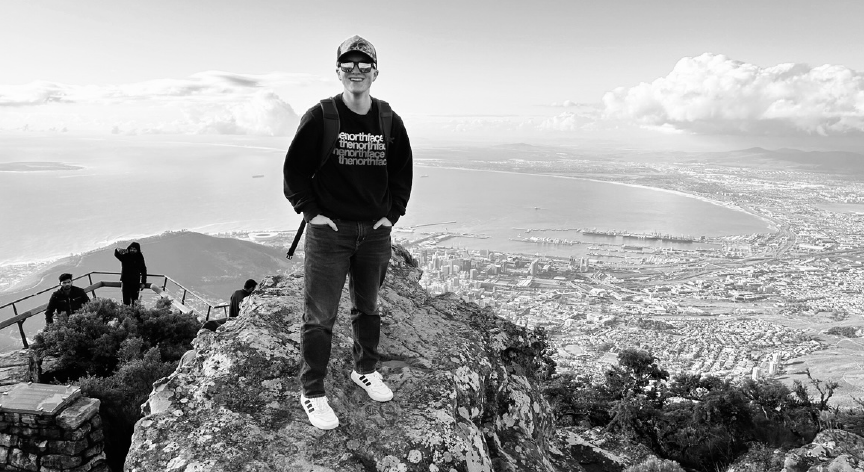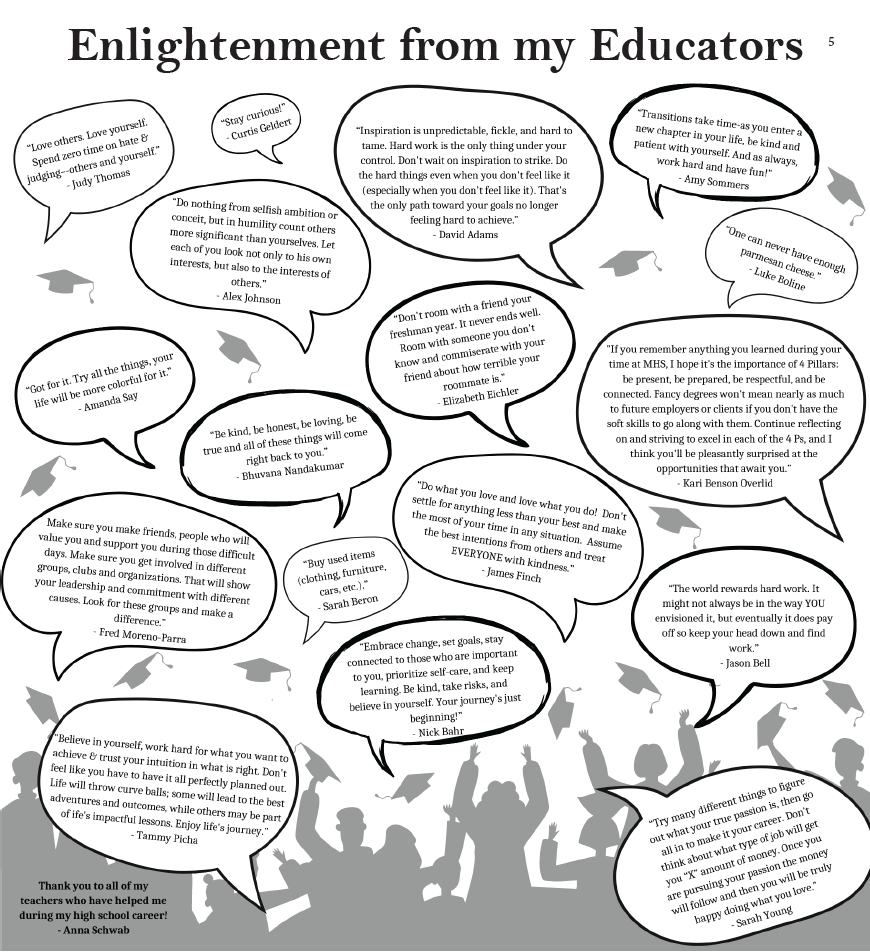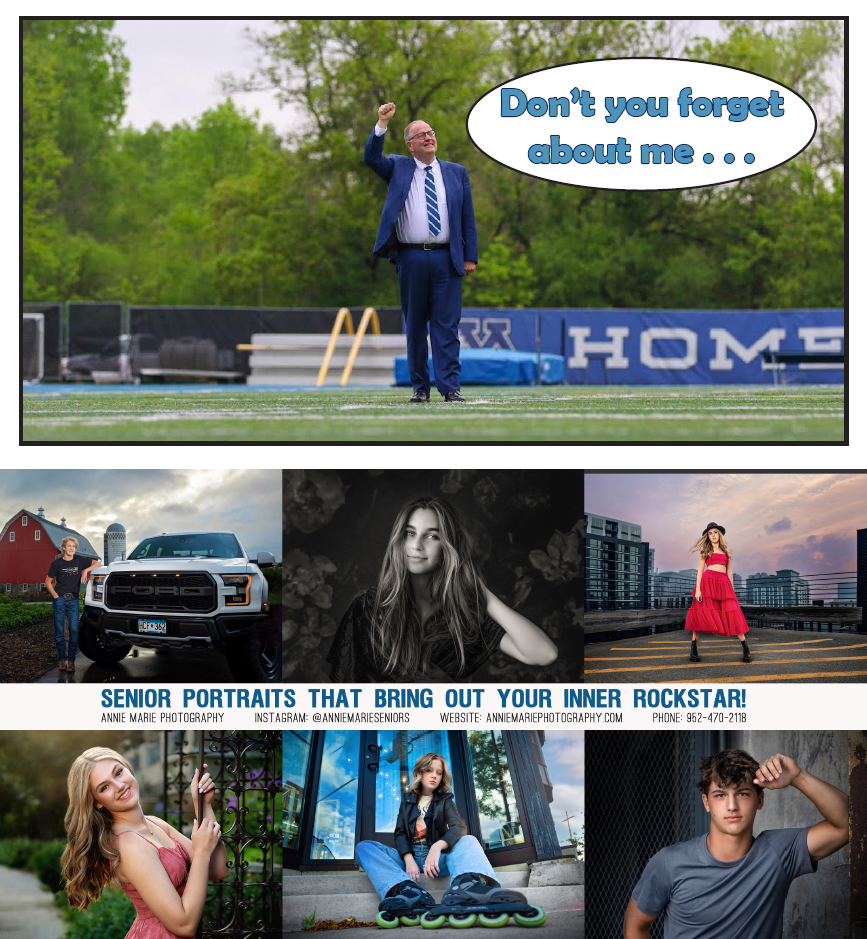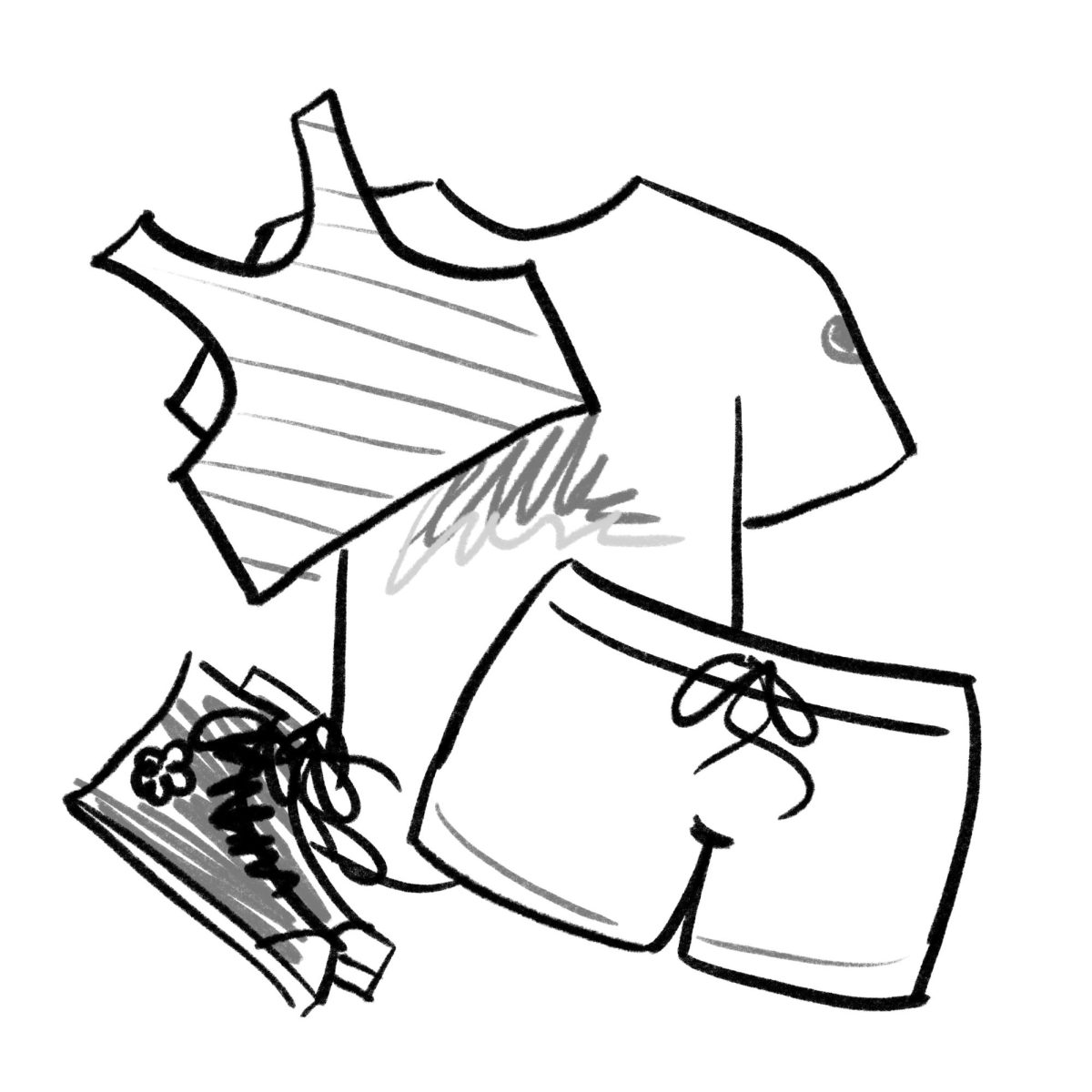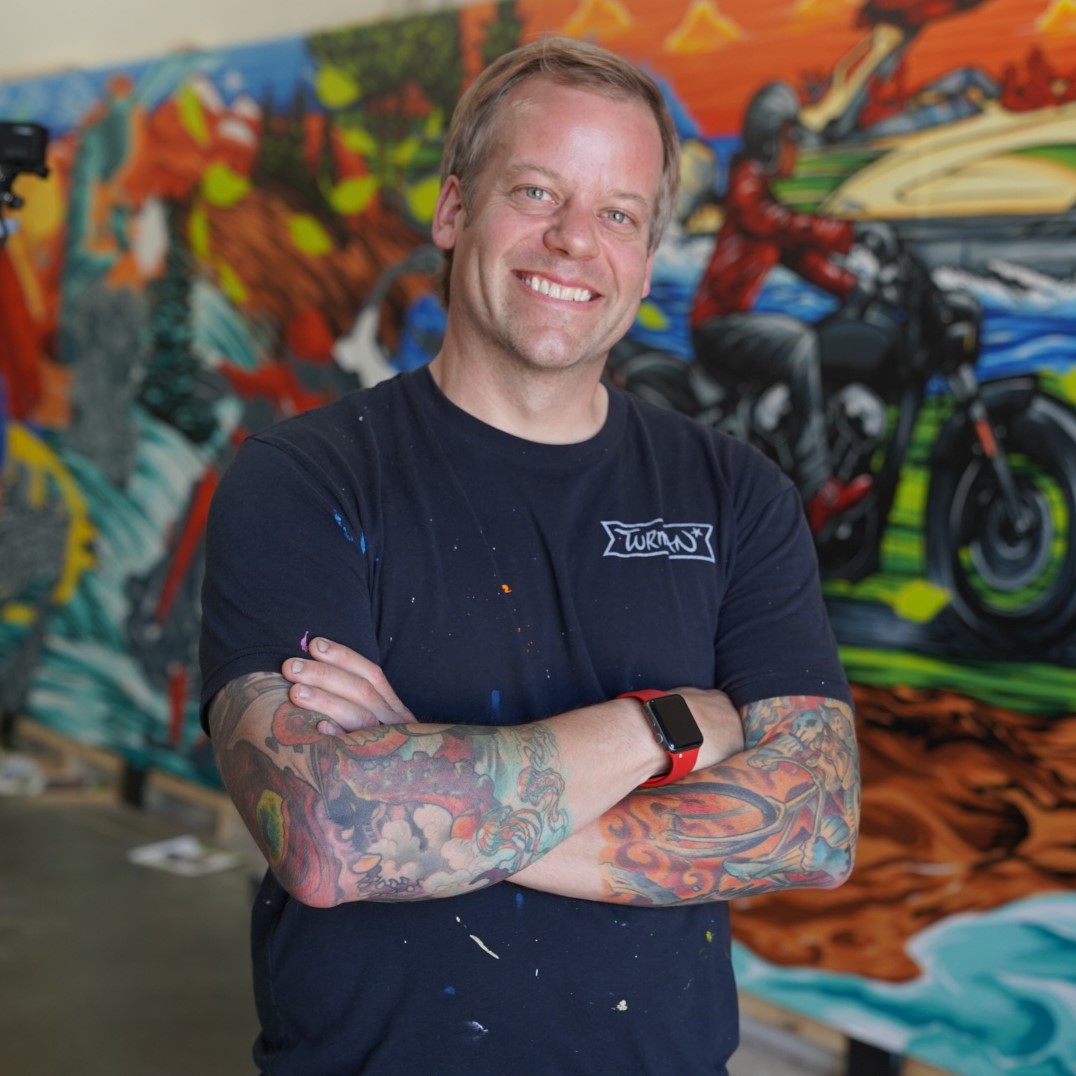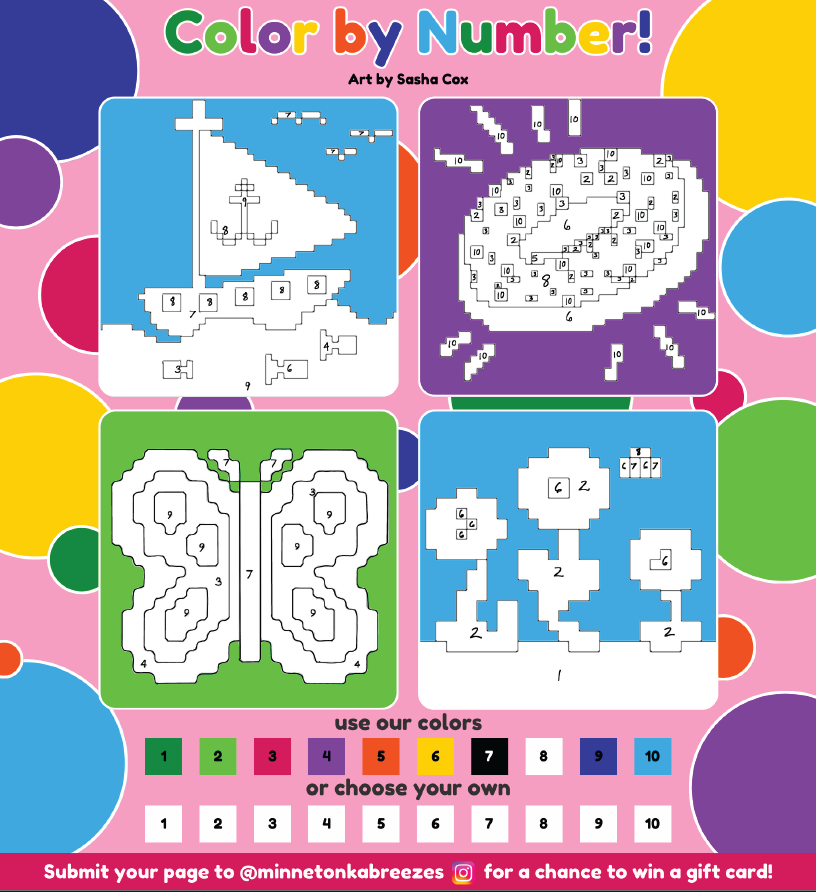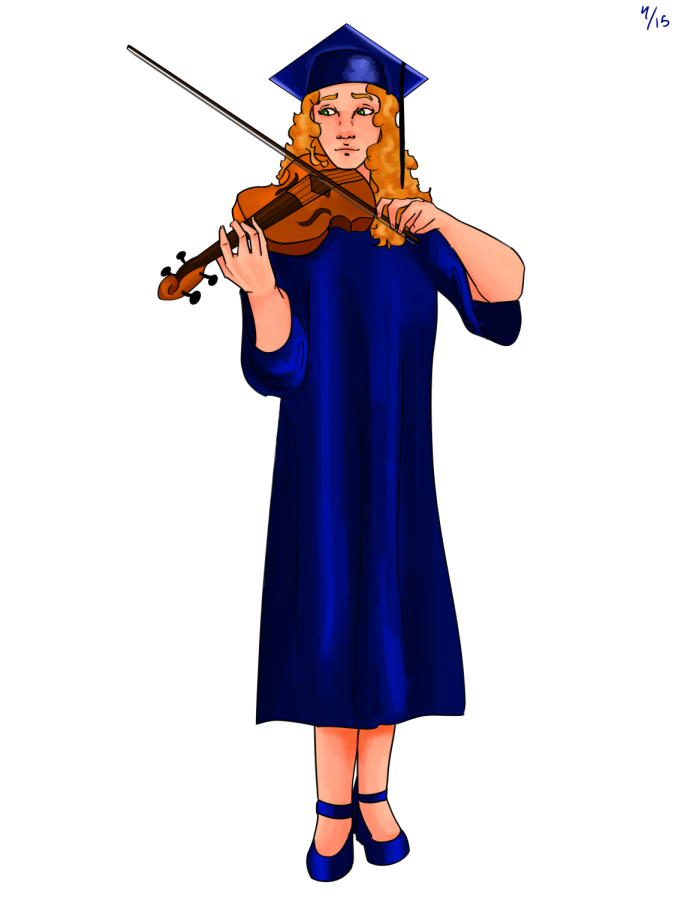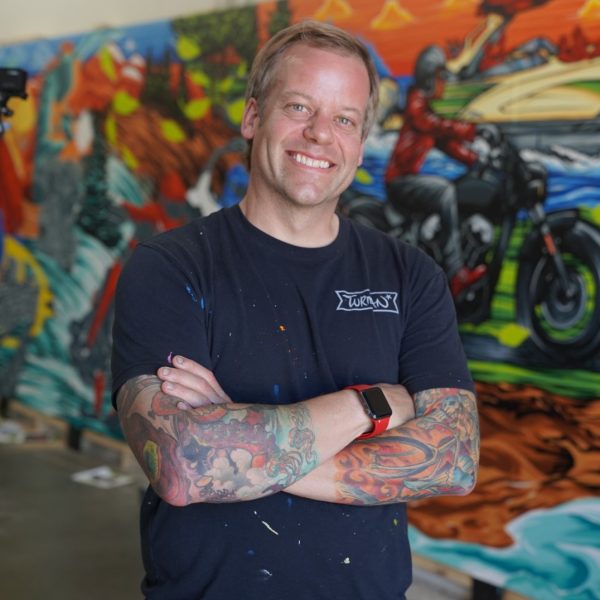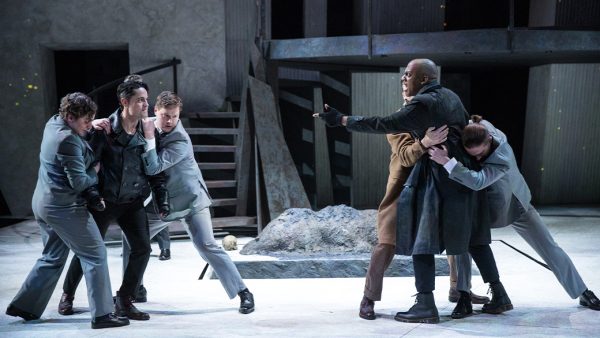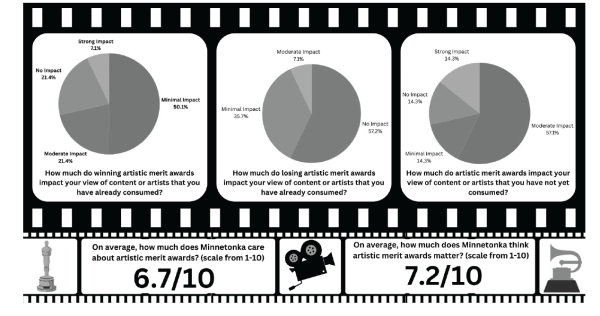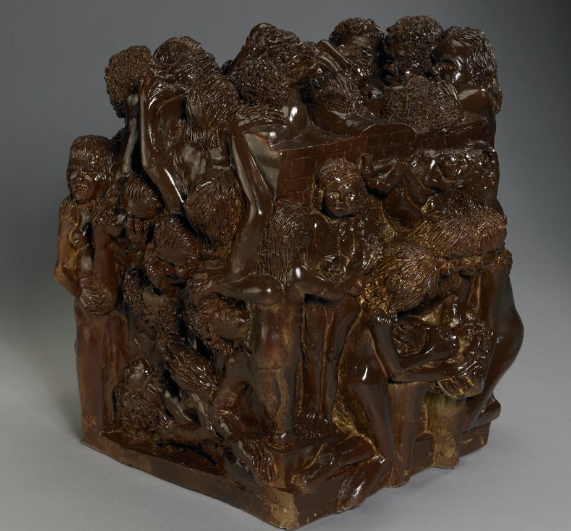Design your own future: MHS creatives talk plans after high school
May 5, 2023
As graduation approaches for the Class of 2023, many arts students are bringing creativity to the forefront of their lives through their postsecondary plans.
Student plans
Bri LaMere, ‘23, plans to attend the Savannah College of Art and Design to study illustration and publication marketing. When asked about her dream job, LaMere confessed that it would be to illustrate childrens’ books.
“I’ve always really loved art [and] creative things in general,” LaMere said. “It’s okay if not everything turns out perfectly…the more you practice, the easier it gets to do what you want.”
Axel Martin, ‘23, an active member of Wind Ensemble and Marching Band, plans to pursue music performance at Oberlin College and Conservatory and hopes to study some composition as well.
“Music is something that I’ve always been passionate about,” said Martin. “I couldn’t think of anything else I’d have enough motivation to study for 4 years.” Martin is excited to perform for larger audiences and travel to new parts of the world.
Annalise Smith, ‘23, has played seven instruments in their lifetime and plans to attend Minnesota State Southeast Community and Technical College to study violin repair, and they hope to keep up instrumental performance and composition.
“I like taking things apart and knowing what’s inside them,” Smith enthused. “I’ve always been fascinated with what happens when you hand a violin to one of the people at the violin shop — what magic happens in the back?”
Challenges encountered
While LaMere, Martin, and Smith are pursuing different creative paths, they all encountered questions and challenges as they devised their future plans. LaMere discussed the role of societal pressure, as financial matters often affect how artists are treated by others.
“Everyone agrees [creatives] are important, but they’re often pushed to the side,” she said. “[The value of something is placed on] how much money you make…so people think art is a waste of time or should just be a hobby.”
Martin discussed their experience applying for music programs this past year, citing the process as “physically and mentally taxing”.
“On top of regular applications, I spent every weekend for about two months traveling for auditions, honor bands, and jazz festivals,” they said. “The music audition process is essentially applying to another college on top of the university itself — as well as keeping on top of [high] school.”
Advice for aspiring artists
Martin offered advice to younger students interested in pursuing a future in instrumental performance. “I would say it really depends on what else you want to do with your life,” they advised. “You also need to think about how much of yourself and your time you’re willing to put into music.”
Meg Koenitzer is one of the art teachers at MHS. She currently teaches Painting I, II, and III, Ceramics I, and IB Art SL and HL, and she is almost finished with her masters degree in Arts Education.
When asked to give advice to students about pursuing their creative passions, she responded, “I think if you love something enough to do it, and you are willing to work hard, you will be fine. That might take some sacrifices along the way, but if the end goal is something that you love, you won’t regret it.”
Sarah Finn-Sommerfeld, the orchestra director at MHS, shared her wisdom for students considering a future in a music-related field.
“I always tell everybody [to] diversify yourself as much as you can so that you have a lot of options as an adult, not necessarily just post-grad but longer term,” she said. “If you need a second career option for yourself for whatever reason — perhaps you get laid off or perhaps you just need a change in your life — having more options…can make that path change
easier for you down the road.”
Finn also stressed the importance of learning how to teach others, as teaching is often an integral part of any musician’s career. “No matter who you are, you end up having to teach somebody something at some point in your lifetime.”
While Martin and Smith have chosen to go into performance and instrument repair respectively, Finn pointed out that there are a variety of other music-related career paths out there for students who may be looking for something different while still wanting to keep music in their lives, such as music therapy, arts management, and being a music librarian.
Staying in touch
Even if students choose not to include music studies as part of their post-secondary plans, many at the high school al-
ready have those experiences of learning an instrument or playing in a school ensemble. There are a variety of ways that students not pursuing music can continue to keep the arts in their lives.
“Sometimes, just going to see an orchestra concert live or even a band live… [can spark] this moment of remembrance and re-inspiration for all the good times that you had,” she advised. She also encouraged college-bound students to participate in college music ensembles, as many of them are open to students who are not minoring or majoring in music.
Finn recommended that students keep their instruments instead of selling them. “[Many people] think that since they’re done with [music] right now, they’re going to be done for the rest of their life…as an adult, you always look back and regret the things you didn’t bring with you from your childhood forward, so don’t sell it. Don’t get rid of it.”
“Once a year, pull it out of a box, blow the dust off of it, and find the things you love the most about it and play that,” she continued. “You can play wedding gigs on the weekends…find a couple friends. Do a trio or quartet at weddings. Now all of a sudden you have a bit of pocket money.”
From illustration and instrument repair to performance, MHS students are making the most of their creative experiences as they move ahead in their future paths. Whether it be visual art, music, or something else, there is an option for everyone who wishes to keep the arts in their lives.

